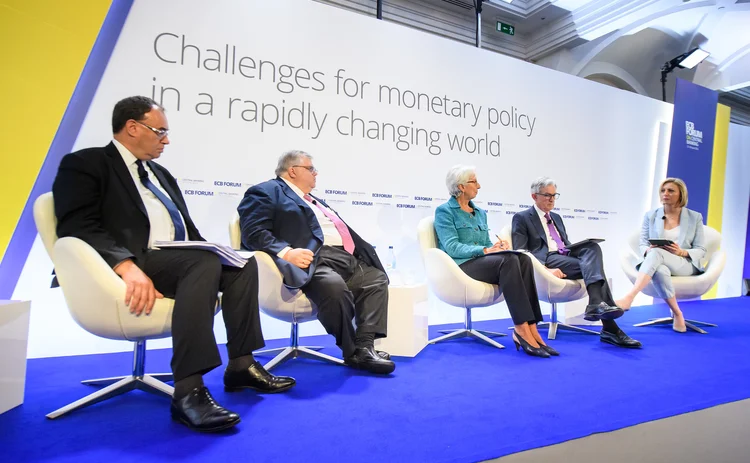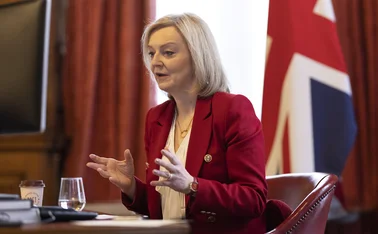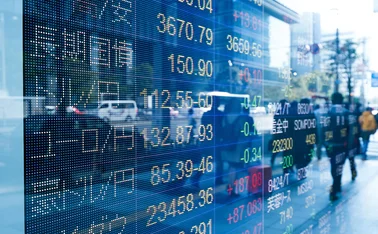
Top central bankers admit inflation models fell short
Reliance on Phillips curve and demand-driven models may have created blind spots

The analytical tools central banks use to understand inflation contain flaws that may have limited their usefulness in tracking surging prices over the past year, senior officials said today (June 29).
Jerome Powell, chair of the US Federal Reserve, said the Phillips curve that sits at the heart of many central bank models was “just not capable” of producing high inflation predictions.
“I think we now understand better how little we understand about inflation,” Powell said, speaking at the
Only users who have a paid subscription or are part of a corporate subscription are able to print or copy content.
To access these options, along with all other subscription benefits, please contact info@centralbanking.com or view our subscription options here: http://subscriptions.centralbanking.com/subscribe
You are currently unable to print this content. Please contact info@centralbanking.com to find out more.
You are currently unable to copy this content. Please contact info@centralbanking.com to find out more.
Copyright Infopro Digital Limited. All rights reserved.
As outlined in our terms and conditions, https://www.infopro-digital.com/terms-and-conditions/subscriptions/ (point 2.4), printing is limited to a single copy.
If you would like to purchase additional rights please email info@centralbanking.com
Copyright Infopro Digital Limited. All rights reserved.
You may share this content using our article tools. As outlined in our terms and conditions, https://www.infopro-digital.com/terms-and-conditions/subscriptions/ (clause 2.4), an Authorised User may only make one copy of the materials for their own personal use. You must also comply with the restrictions in clause 2.5.
If you would like to purchase additional rights please email info@centralbanking.com








